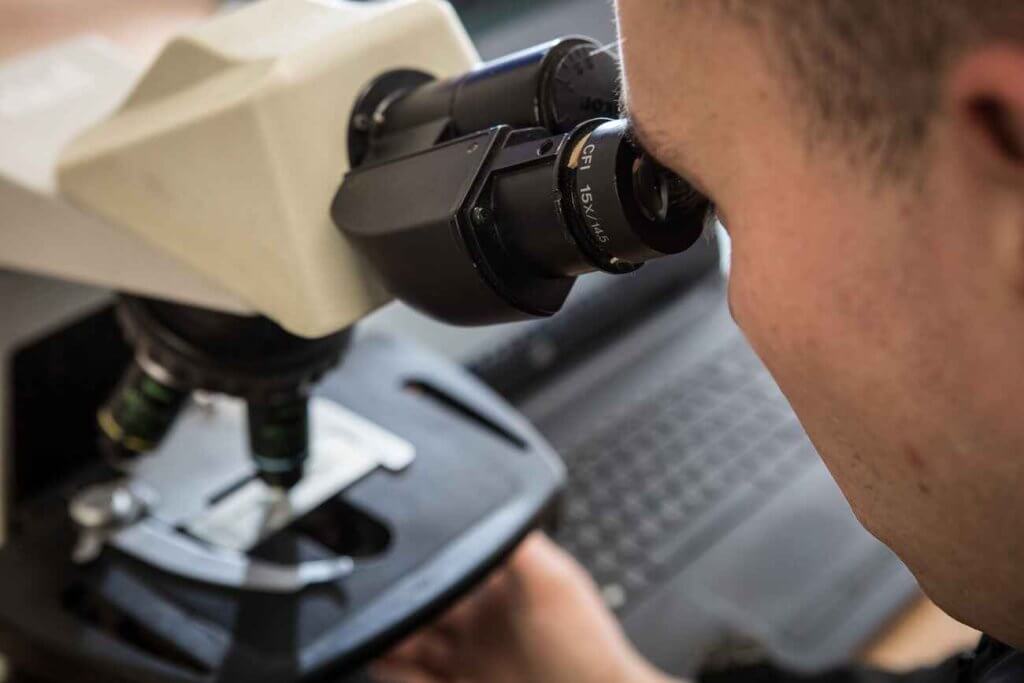Background asbestos air testing is a useful tool prior to asbestos removal or remediation works. They establish a baseline from which later reassurance or near-source static sampling can be compared.
It can highlight pre-existing elevated levels of asbestos fibres or other similar asbestiform materials that are countable under the WHO (World Health Organisation) counting rules and also indicate that the current site conditions will provide difficulties in obtaining a meaningful count later on. Dust and fumes in particular generated from other site works or neighbouring actives can ‘occlude’ sample filters, rendering them uncountable on site using PCM (Phase Contrast Microscopy).
 ASBESTOS REGULATION COMPLIANCE CHECKER
ASBESTOS REGULATION COMPLIANCE CHECKER 0191 419 3116
0191 419 3116 contactus@franksportlock.co.uk
contactus@franksportlock.co.uk




